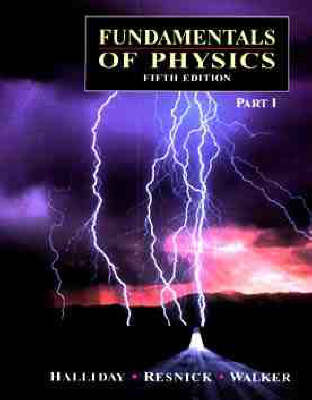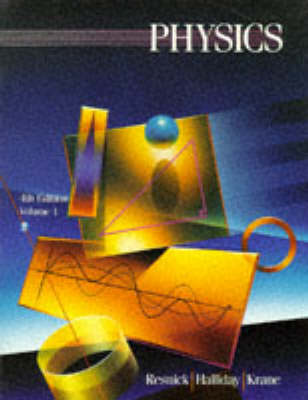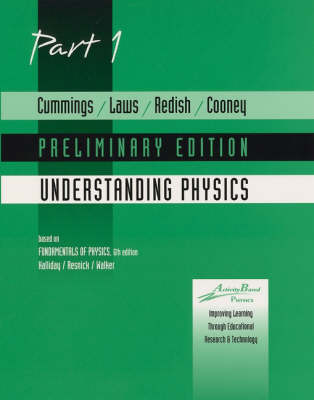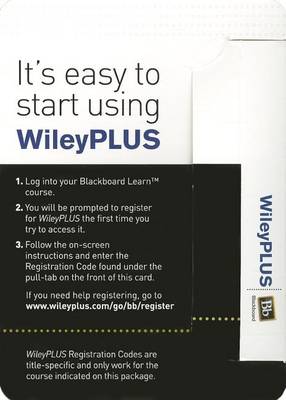Wiley Plus Products
2 primary works • 41 total works
Book 200
Book 201
It is hoped that this extended version will permit greater flexibility than heretofore in constructing the introductory physics course and add to the students' interest in the subject.
Fundamentals of Physics Extended
by David Halliday, Robert Resnick, and Jearl Walker
Understanding Physics
by Karen Cummings, David Halliday, Robert Resnick, and Jearl Walker
Fundamentals of Physics 9th Edition Extended Volume 1 for Suny Buffalo W/Wileyplus and Iclicker Set
by David Halliday
Fundamentals of Physics 9th Edition Extended Volume 1 and 2 for Suny Buffalo W/ Wileyplus and Iclicker Set
by David Halliday
(wcs) Fundamentals of Physics 8th Edition Part 1 (Chapters 1 - 11) with Study Tips and Wiley Plus Set
by David Halliday
(wcs)Fundamentals of Physics 7th Edition Parts 3 & 4 W/ Webassign Plus Set
by David Halliday, Robert Resnick, and Jearl Walker
Fundamentals of Physics Extended, Tenth Edition WileyPLUS Blackboard Card
by David Halliday, Robert Resnick, and Jearl Walker




